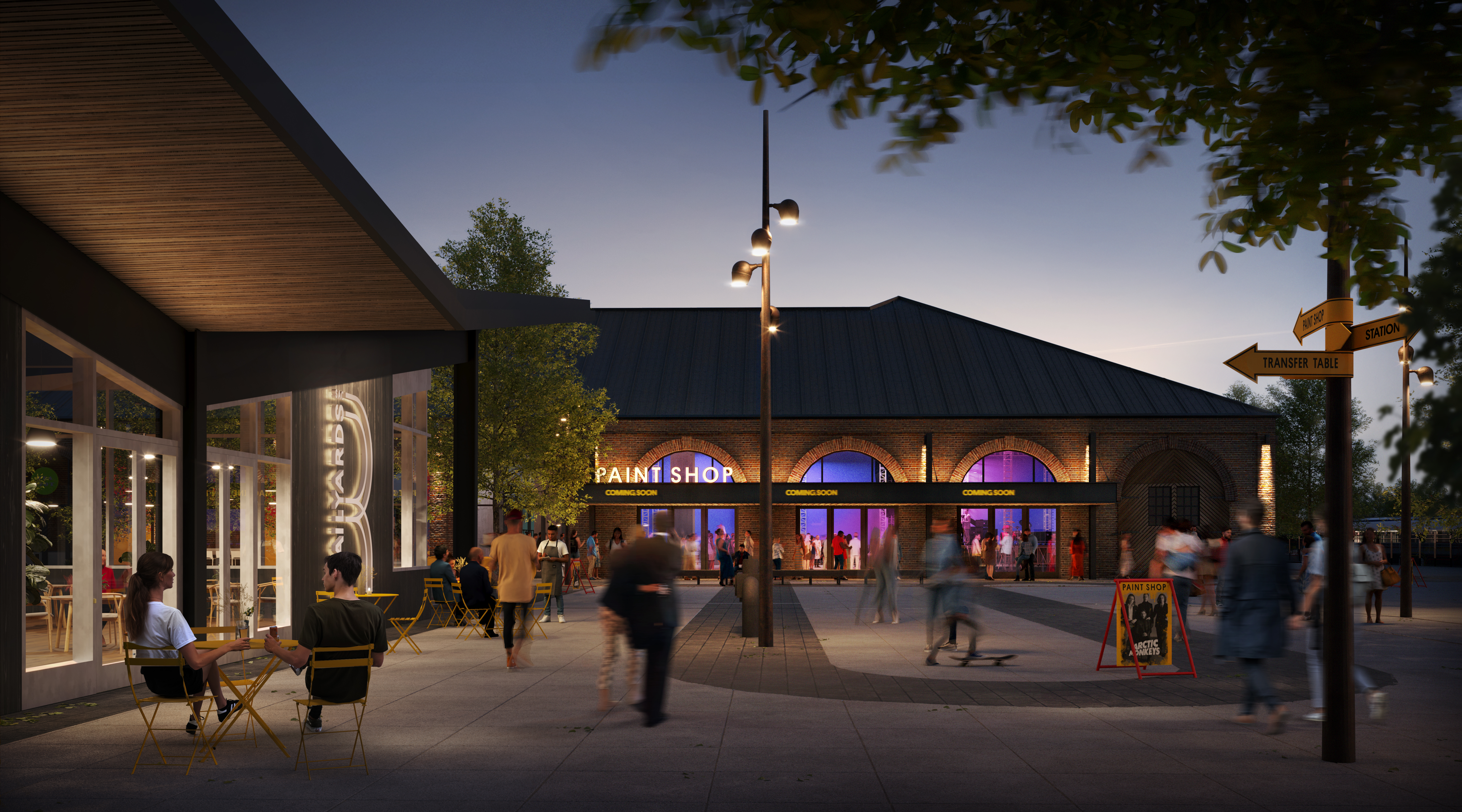
November 14, 2023 / Author: the Railyards
Sustainable development has been the talk of the town since the UN introduced its goals in 2015. But what does it incorporate?
“Sustainable development is development that meets the needs of the present without compromising the ability of future generations to meet their own needs.”
There are many ways to view sustainable development, but ultimately, this concept is a group of principles that balance our need to develop and grow today with the needs of future generations. While sustainable development is often used with climate conservation conversations, it’s a broader topic that ensures a strong, healthy, and just society. It’s finding a better way to do things today so we all have the chance to enjoy a more equitable and sustainable future.
Topics and standards surrounding sustainable development are held from a vast global scale to small-scale efforts in our local communities. Find out how sustainable development is defined and implemented from the UN down to our local city of Sacramento.
The UN Global Blueprint for Sustainable Development
The UN defines sustainable development with 17 different goals that we will explain below. However, it functions on three basic principles: economic growth, social inclusion, and environmental protection. In 2015, the UN came out with the 2030 Agenda for Sustainable Development, which included 17 different defined goals aimed at sustainability. They include:
- No Poverty
- Zero Hunger
- Good Health and Wellbeing
- Quality Education
- Gender Equality
- Clean Water and Sanitation
- Affordable and Clean Energy
- Decent Work and Economic Growth
- Industry, Innovation, and Infrastructure
- Reduced Inequalities
- Sustainable Cities and Communities
- Responsible Consumption and Production
- Climate Action
- Life Below Water
- Life on Land
- Peace, Justice, and Strong Institutions
- Partnerships for the Goals
California’s Sustainable Development Goals
California has a long history of driving innovations for climate, climate energy, and environmental sustainability.
California today is home to many of the world’s largest investments in clean energy and sustainable transportation. In 2019, California saw more investments made in private venture capital investments in clean energy technologies than all the other states in the top ten combined.
California is the nation’s most populated state, so sustainability and sustainable development are crucial for the 40 Million people who reside here and make up 12% of the U.S. population.
In California, residential and commercial buildings currently account for approximately 25% of the state’s greenhouse gas emissions. Reaching sustainability goals means green building practices are less of an option and more of a standard for building in the state. Well known for its ambitious climate and energy goals, California is the first U.S. state to adopt and enforce a green building code.
CALGreen is the California Energy Commission’s (CEC) mandatory Building Energy Efficiency Standards for built environments. Local jurisdictions may adhere to more stringent green building standards.
In California, mandatory measures for sustainable development focus mostly on factors such as insulation, air leakage, indoor air quality, HVAC efficiency, and lighting efficiency and efficacy.
Sacramento’s Blueprint for Sustainability
The City of Sacramento released its 2035 General Plan detailing policies and other legislation with goals focusing on physical development, economic growth, and other sustainable efforts city-wide. Their Land and Urban Design section contains a Growth and Change explanation. The policies in this plan “provide for strategic growth and change that preserves existing viable neighborhoods and targets new development for infill areas that are vacant or underutilized, as well as to “greenfield” areas.”
The Railyards is a key example of sustainable development using infills, specifically for Sustainable Cities and Communities. As one of the largest infill projects in the nation, the plans transform 244 acres of historically significant land into a thriving, mixed-use urban community. The Sacramento Railyards Specific Plan includes policies and regulations that facilitate and support both pedestrian and bicycle transportation and support area transit while minimizing the need for automobiles.
In addition, the 2035 General Plan includes the Sacramento Climate Action Plan, identifying how city and outlying communities can reduce greenhouse gas emissions by identifying targets for reduction while planning specific actions to take.
Some strategies that they are planning to implement include:
- Use of public transit
- “Green Building” practices
- Mixed-use development encouraging walking and biking
- Use of solar energy systems
- Architectural design reducing heat gain
- Recycled construction materials
- Water conservation measures
Building a sustainable future means setting goals and standards for green building and sustainable, equitable living across a global, national, state-wide, and local scale. From the UN to the City of Sacramento, a commitment to sustainable development helps provide a brighter, more equitable future for all.











